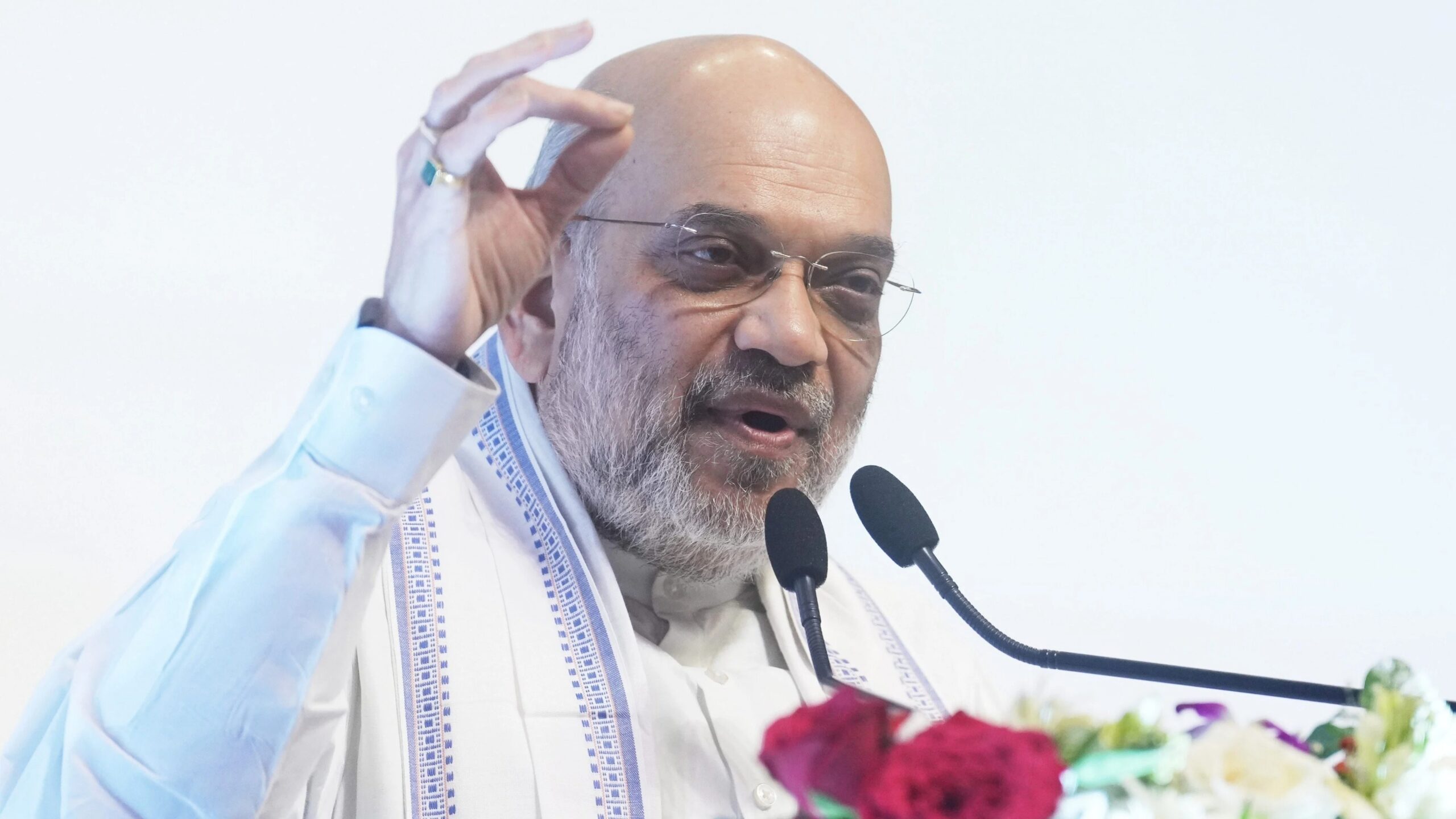New Delhi: More than 1,600 people lost their lives due to rain and lightning strikes across the country during the four-month period from April to July this year, the government informed Parliament on Wednesday.
In a written reply to the Rajya Sabha, Minister of State for Home Affairs Nityanand Rai said that, based on inputs from state governments and union territories, a total of 1,626 deaths had been reported due to rain and lightning incidents as of July 31 in the 2025-26 period.
Rai added that the Ministry of Home Affairs does not centrally maintain data related to damages caused by natural disasters.
In addition to human fatalities, 52,367 animals died and approximately 1,57,817.6 hectares of crop area were affected due to hydro-meteorological disasters during the same period, he informed.
To address the rising threat of lightning, Rai said the central government has approved a “Mitigation Project on Lightning Safety” with a total financial outlay of ₹186.78 crore. The project will be implemented across 50 lightning-prone districts in 10 states: Andhra Pradesh, Bihar, Chhattisgarh, Jharkhand, Madhya Pradesh, Maharashtra, Meghalaya, Odisha, Uttar Pradesh, and West Bengal.
“The project aims to reduce the loss of human lives, livestock, and infrastructure caused by lightning. It also seeks to enhance self-reliance through research, development, manufacturing, and technological advancement in lightning risk management,” Rai said.
He further stated that the Indian Institute of Tropical Meteorology (IITM), Pune, has set up a nationwide lightning location network comprising 112 sensors. Each sensor covers a radius of 200 to 250 km, ensuring that the entire country is now under lightning monitoring.
Using data from this network, a mobile application named ‘DAMINI: Lightning Alert’ has been developed. The app provides real-time lightning strike locations near a user’s position and issues advance warnings within a 20 to 40 sq. km radius.
Rai also noted that the India Meteorological Department (IMD) has put in place a robust system for continuous monitoring, forecasting, and dissemination of warnings for thunderstorms and lightning events.
“This system provides location-specific data at district and city levels with updates ranging from minutes to hours. The IMD operates a ground-based lightning detection network of 102 sensors strategically located across India,” he said.
The IMD, he added, issues thunderstorm and lightning forecasts up to five days in advance using Numerical Weather Prediction (NWP) models and synoptic-scale analysis. These forecasts are issued in colour-coded formats at meteorological sub-division and district levels and updated every six hours.
In addition, IMD provides colour-coded nowcasts for lightning and thunderstorms, updated every three hours using satellite imagery, radar data, and inputs from the lightning detection network.












